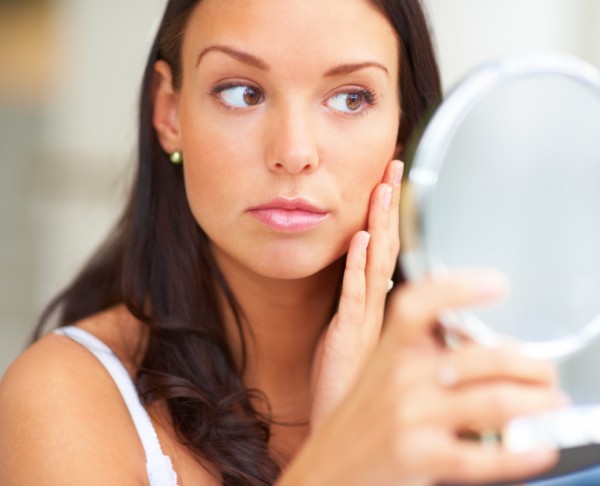
Although acne is typically thought of as a problem primarily faced by teens, it’s common knowledge that many adults develop and struggle with acne as well.
Acne is usually of result of excessive bacteria buildup, excess skin oil production and improper sloughing off of dead skin cells, though diet and other factors play a role as well, indicating that the best acne treatment for some individuals may be a simple change in eating habits.
According to a recently published study found in the Journal of the American Academy of Dermatology, gender is yet another contributing factor to acne risk. In fact, the study shows that adult acne is more common among women than men for all age groups over 20.
Acne is Equally Common Among Male and Female Teens
The study was conducted by Julie C. Harper, a dermatologist, and a team of other researchers at the University of Alabama at Birmingham. During the study, a diverse group of over 1,000 women and men with a minimum age of 20 were surveyed in regards to their acne history and current skin condition in order to determine the prevalence of adult acne in women and men sectors of various age groups.
The survey was brief and touched on the following points:
-
Whether the individual ever had pimples or acne
-
When acne occurred, with options including teenage years, 20s, 30s, 40s and 50+
-
Whether the acne improved, worsened or remained stable in comparison to during teenage years
The survey revealed that 73.3% of the participants overall had acne at some point in their lives. In addition, 66.8% of the women surveyed said they had acne as teens, while 68.5% of the men said the same. Obviously, the researchers concluded that the disparity between male and female teens was not statistically significant. However, the results were much different for adult age groups.
Acne Prevalence Drops with Age, but Remains More Common for Women
The study showed that after teenage years, acne rates steadily drop for both men and women as the years go by, though men enjoy a much sharper decline than women. Acne prevalence by age group and gender was broken down thusly by the study:
-
20s – 42.5% of men, 50.9% of women
-
30s – 20.1% of men, 35.2% of women
-
40s – 12.0% of men, 26.3% of women
-
50+ – 7.3% of men, 15.3% of women
In addition, the study found that the vast majority of those who reported a worsening of their acne after their teenage years were women. In fact, 13.3% of the female respondents said that their acne actually became more severe during adulthood, while just 3.6% of male respondents said the same.
Why are Adult Women More Prone to Acne than Adult Men?
Another portion of the survey was designed specifically to determine how factors such as menopausal status, menstruation and medical treatment could influence acne prevalence in adult women. Interestingly, 62.2% of women who had yet to go through menopause reported that their acne is worst when they’re menstruating.
Further, 10.5% of the women who used either over-the-counter medications or hormone replacement therapy to treat the side effects of menopause said that their acne improved after using said treatments. Most women, however, said that these treatments had no effect on their acne.
Dr. Harper said that the exact reasons why adult women are more prone to acne than adult men are currently unknown, though she suspects that hormones play an important role based on the data pertaining to acne and menstruation. Dr. Harper believes that future research should work in this direction.
Acne Improves for Most in Adulthood
The good news is that for most individuals, adult acne is less severe than teenage acne. In fact, 53.3% of women and 63% of men involved in the study said that their acne condition improved after their teens, while most of the rest said it stayed the same. Of course, everyone’s experience with acne is unique, and some individuals do experience severe acne later in life.
Dr. Harper advises that any adults struggling with acne should see a dermatologist, particularly if the acne is ongoing and/or severe. A dermatologist will be able to provide you with specific advice that goes beyond general suggestions such as maintaining good hygiene and avoiding dairy products.
Adult Acne: The Bottom Line
A study conducted at the University of Alabama confirms that acne is more common in adult women than adult men. Although acne prevalence declines commensurate with age for both men and women, the rate of decline is slower for women. Researchers believe that hormones related to menstruation and menopause may have something to do with why adult acne is more common in women.













